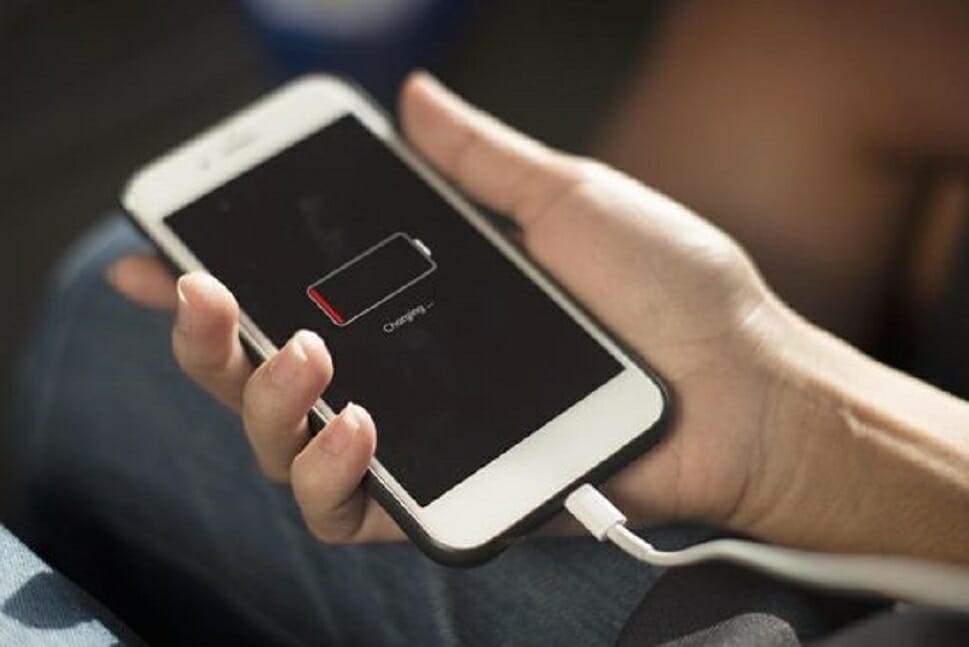If it’s difficult for scientists and engineers to convert seawater into potable water, then there should be other ways to make use of that water as it is. Well, researchers in Ulsan Institute of Science and Technology (UNIST) South Korea are up to the challenge.
They want to develop a new battery that runs on the abundant and readily available seawater. It should be able to store and produce electricity using the water from the ocean. The project is expected to accelerate the commercialization of eco-friendly, cost-efficient, and high-stability seawater batteries.
It’s not an independent UNIST project as the institution will be working with public organizations in the energy sector including the Korea Electric Power Corporation (KEPCO) and Korea East-West Power Company Ltd. (EWP).
By 2018, EWP will provide for the project with two billion won. The following year, KEPCO will donate three billion won. What UNIST researchers have to do is find the means to make this project successful given the funds. They have a reputation in the industry as the leading seawater battery research since 2014 with government grants reaching seven billion won.
Present batteries running on seawater use sodium to generate electricity. Coincidentally, sodium is the sixth most element on earth, making this type of battery much cheaper and more environmentally friendly than lithium. It also offers large-scale energy storage and reduces fire risks as seawater keeps the thermal fluid in good condition.

Another selling point of this battery technology is that it can operate without auxiliary loads or an external power supply, just water and salt. That’s it. Seawater batteries can be used as efficient energy storage systems.
But the South Korean researchers have to make these batteries ready for commercial distribution by figuring out how to improve its relatively low electrical power output.
The plan is to design a more optimized cell geometry, building cells with various sizes and shapes to enhance the charge rate of the battery by 20 Wh. That’s twice the average amount of energy required per day for a family of four.
Standardized procedures for the battery are to be set as well. KEPCO will help UNIST in establishing a testing facility to mass produce seawater batteries, as well as to develop a seawater battery pack that enhances the charge rate of the battery by connecting cells. It will build a 10 Wh seawater battery pack at Ulsan Thermal Power Plant.

Professor Youngsik Kim of Energy and Chemical Engineering at UNIST says that once this battery is commercialized, South Korea can lead the 47 trillion won worth, advanced energy storage devices market.
“It will become one of the major growth engines in the future of our economy, contributing to the revitalization of the new energy industry,” he adds.
Source: Phys.org
















